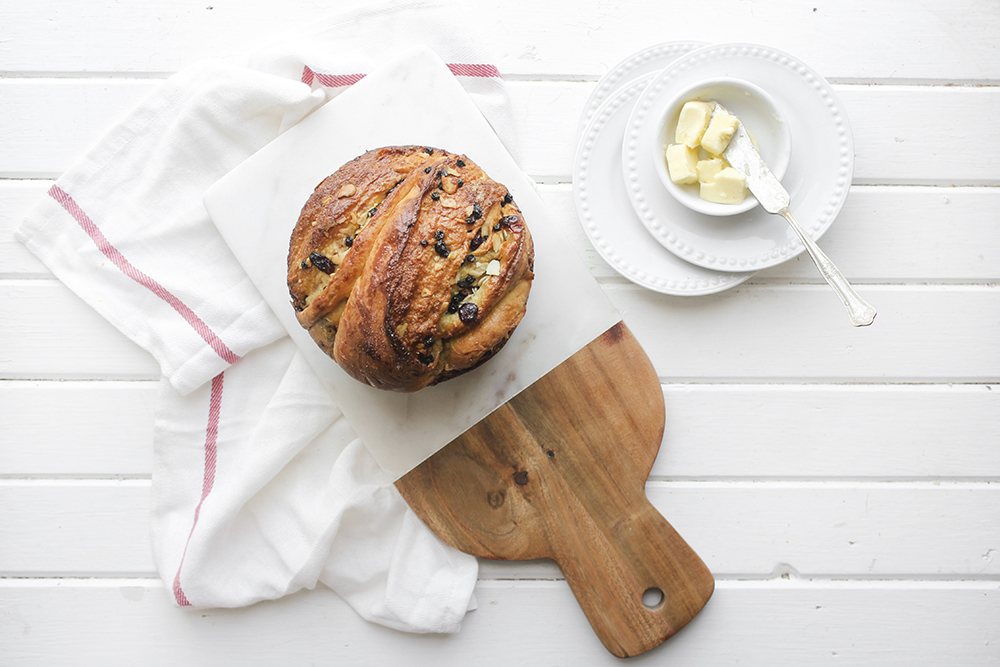This post is monetarily sponsored by Egg Farmers of Canada. You can follow Egg Farmers of Canada on Facebook, Twitter and Instagram for more egg recipe inspiration and egg nutrition.
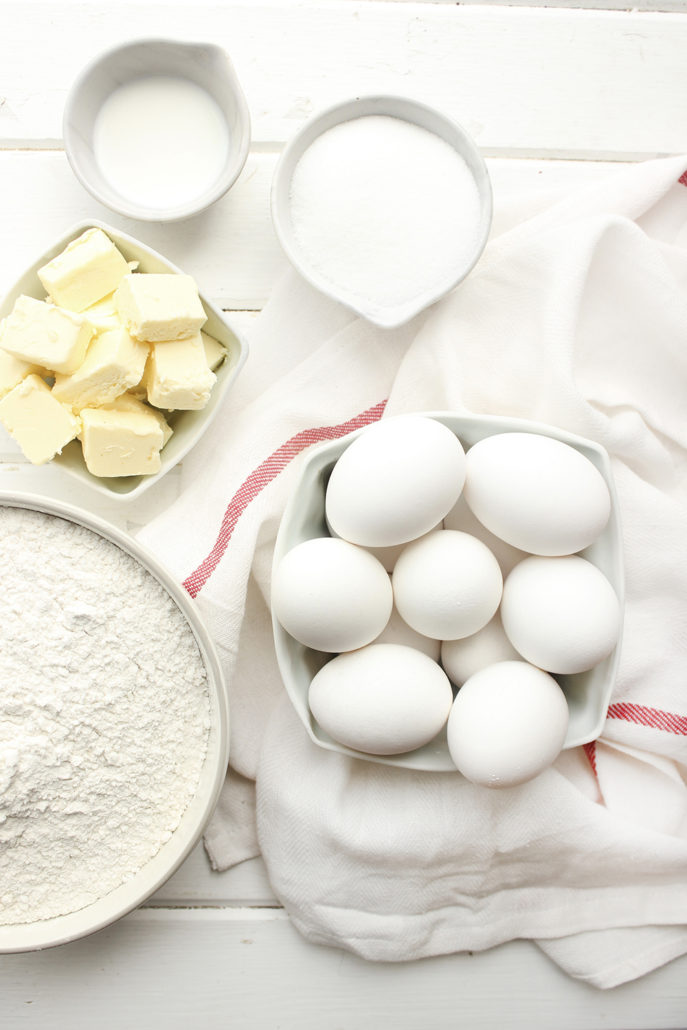
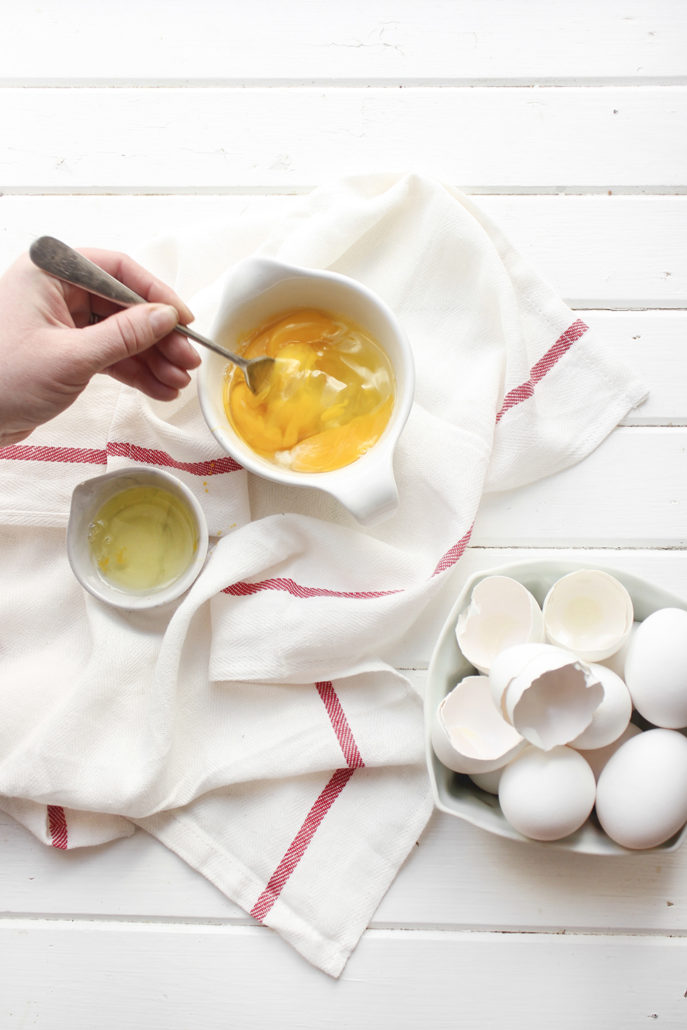
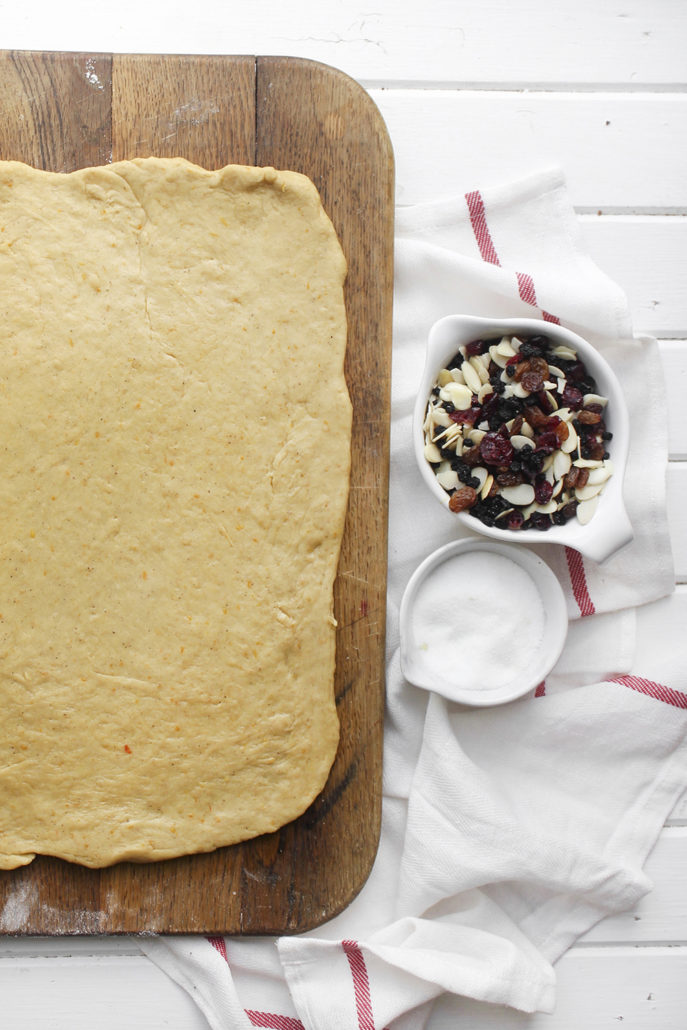
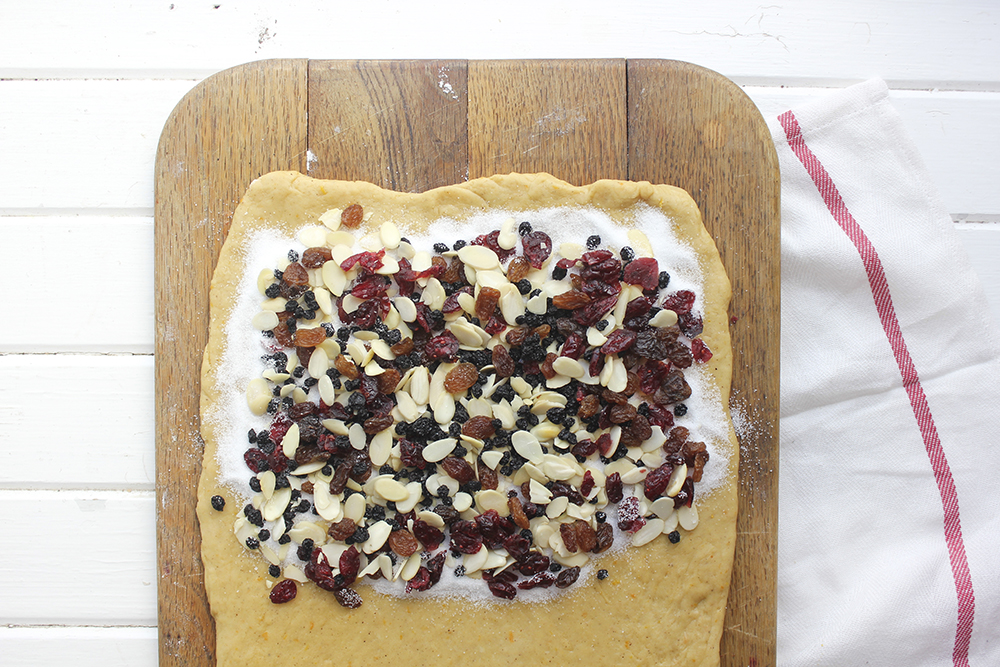
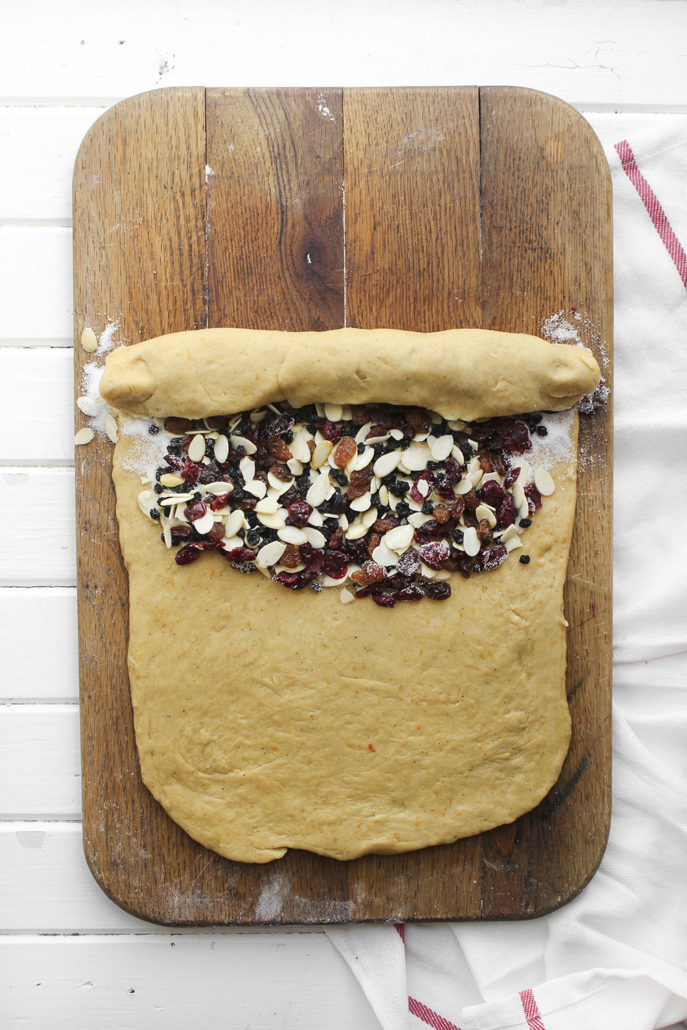
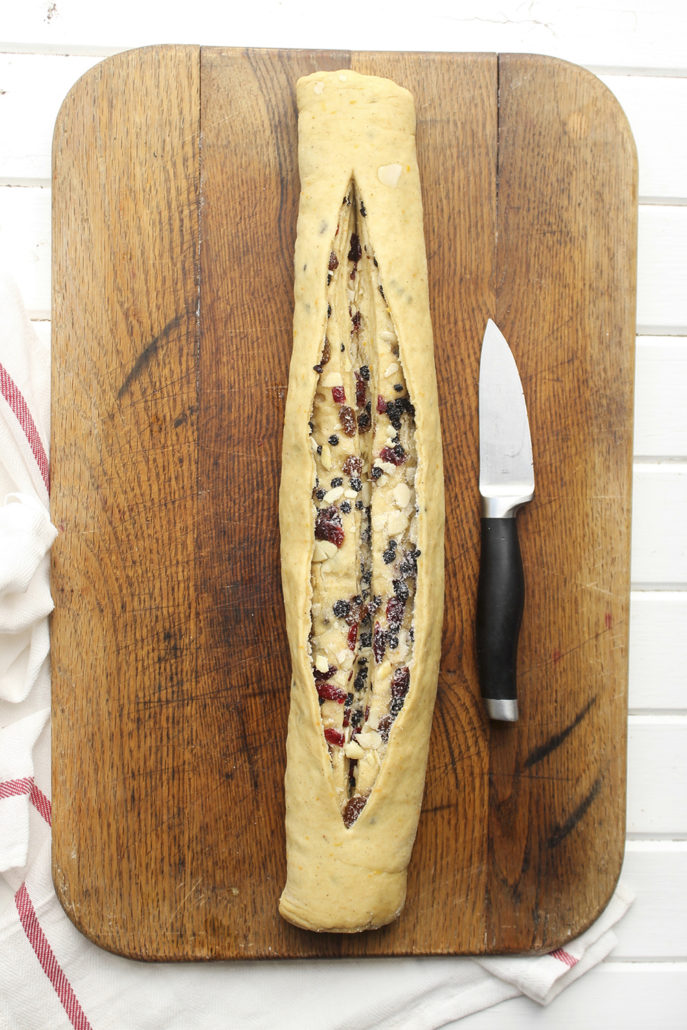
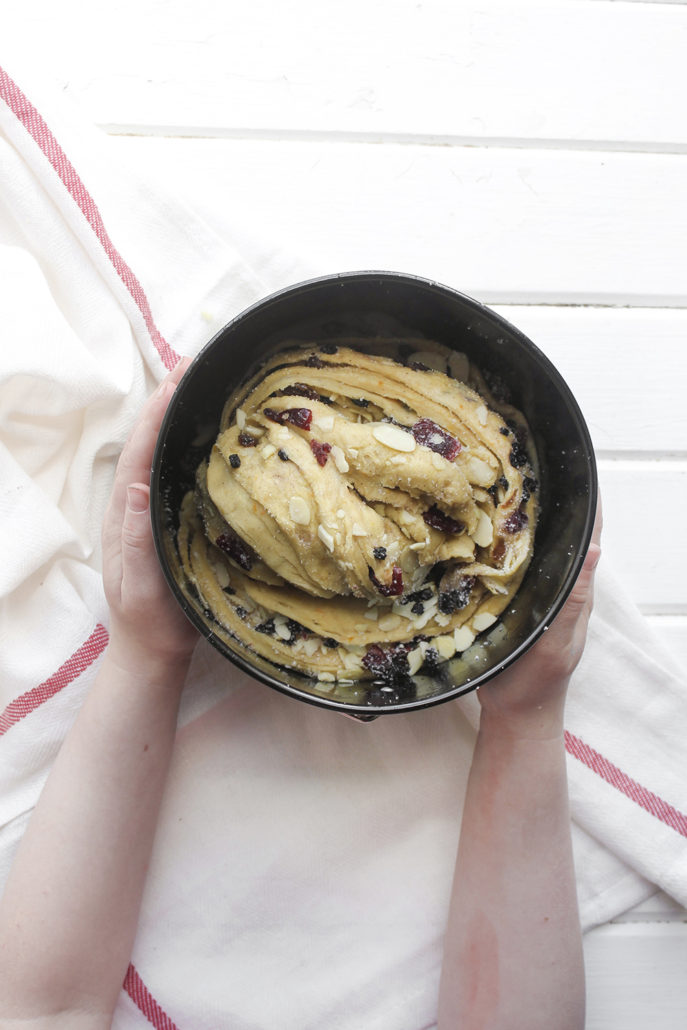
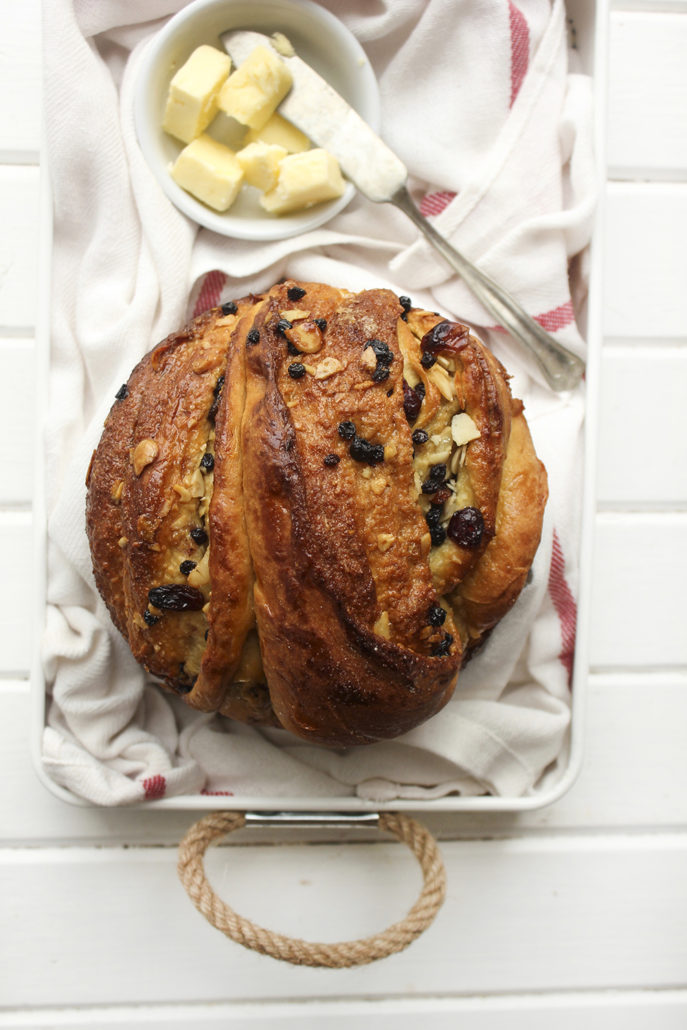
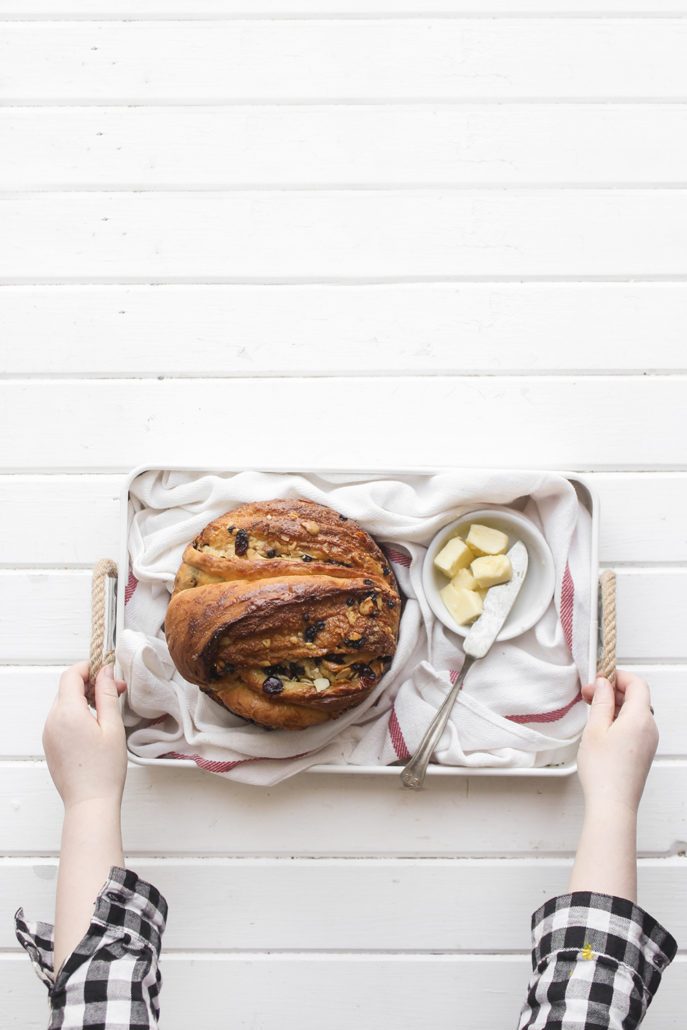
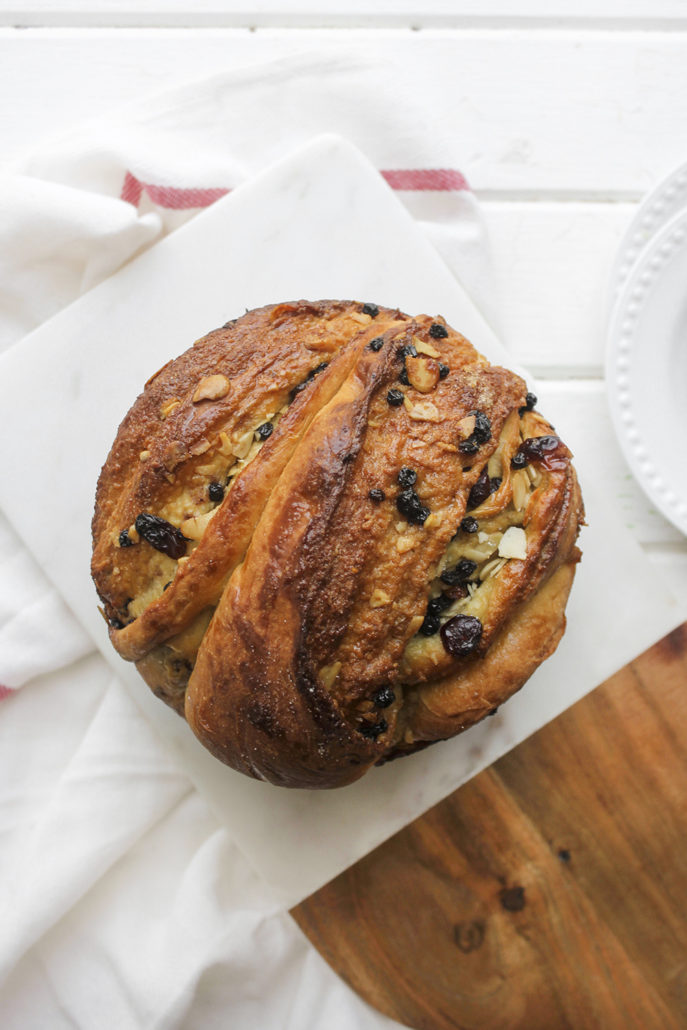
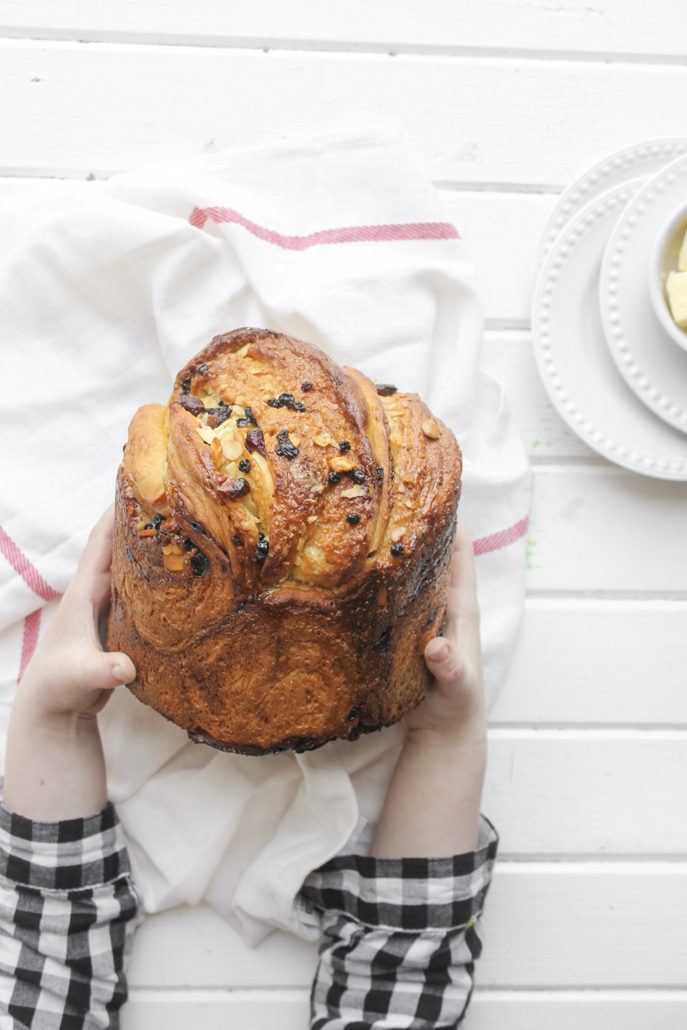
Easter is just a few days away and our house is a-buzz! We’ve laid all the groundwork. We’ve decorated with Easter bunnies, and carrots, and baskets. We’ve dip-died our hardboiled eggs and wrote some letters to leave around the house for the Easter Bunny to find.
Easter traditions in our house have been evolving over the years now that Scott and I have our own little family. This year we will (no doubt) be waking up at the crack of dawn to some really excited kids jumping up and down on our bed. We will spend the morning hunting for treats left by the Easter Bunny, eating some delicious sunny-side up Canadian eggs (or maybe even a khachapuri!), and playing the “Egg Tapping Game” with the hard boiled eggs we decorated.
For weeks, we’ve been baking up a storm, trying traditional Easter recipes from around the world. We have come to the easy conclusion that eggs are the star of this holiday! They can thicken, bind, leaven, glaze or garnish. They can be centre of the plate or they can blend into the background. Whether they are used for delicious and nutritious meals, for sweet baking and desserts or just to decorate for the season, eggs are most definitely at the forefront, and Canadian eggs are no exception! Did you know that over 1,000 Canadian family farms work year-round from coast to coast to provide fresh, local, high quality eggs for you and your family to enjoy? It makes my heart happy to know that when you buy Canada Grade A eggs, you know you’re getting a top-quality product made by Canadians, for all Canadians, no matter where you purchase your eggs in our vast country!
During our Easter baking trials, we learned all about the traditional Russian Kulich, an Easter bread, filled with dried fruit and nuts, that is baked on Good Friday and brought to mass to be blessed by the priest. The Kulich would then be eaten by the entire family, a little each morning until breaking the Lenten fast on Easter morning. Kulich is baked in tall, cylindrical tins such as a coffee tin or high springform pan. When cooled, the Kulich is traditionally decorated with white icing (which slightly drizzles down the sides, symbolizing the Orthodox domes covered in snow).
We decided that for our family celebration this year, we would bake our own version of a Kulich, using a citrus infused brioche dough (filled with Canadian eggs!), stuffed with traditional dried fruits and nuts, and topped with a citrus hot cross glaze. I was instantly taken back to my grandmother’s kitchen when I took my first bite. The combination of citrus and dried fruit reminded me of her hot cross bun recipe and all the Easter fun we would have at her house running around the yard with our cousins.
As I grow older, I find myself appreciating traditions more and more. Our Easter is always surrounded with eggs – decorated, baked, hardboiled… The holiday would not be the same without them. How will you be enjoying your eggs for Easter? I would love to hear your plans using #Eastertaining on social media!
CITRUS HOT CROSS BRIOCHE KULICH
ingredients
brioche:
2 Tbsp. whole milk
1 Tbsp. active dry yeast
1 1/4 cup all-purpose flour
1 1/4 cup bread flour
1/2 cup sugar (divided), and more for sprinkling
1 tsp. salt
3 eggs
1 egg yolk
zest from 1/4 orange
zest from 1/4 lemon
1/4 tsp. ground nutmeg
1/4 tsp. ground cinnamon
1/8 tsp. ground ginger
A pinch of ground cloves
1 1/2 tsp. pure vanilla extract
1/2 cup plus 2 Tbsp. unsalted butter, very soft
filling:
1/4 cup raisins
1/4 cup dried cranberries
1/4 cup dried currants
50g sliced almonds, roasted
cross:
1/4 cup flour
2 Tbsp. sugar
2 Tbsp. water
glaze:
1/2 cup water
1/3 cup sugar
1/4 orange, cut in two
1/4 lemon, cut in two
1 cinnamon stick
3 cloves
1 star anise
steps
bricohe: Slightly warm the milk and add to the bowl of a stand mixer fitted with a dough hook. Add 2 1/2 Tbsp. of sugar and the yeast, and stir lightly. Allow to sit for 2-3 minutes. Add both flours, nutmeg, cinnamon, ginger, cloves, salt, eggs and egg yolk. Mix on low until the dough becomes cohesive. Add in orange zest, lemon zest and vanilla and continue to mix. At this stage it will look very sticky and wet, but refrain from adding more flour. Increase the mixer speed to medium, and continue to knead the dough for 6-7 minutes, stopping periodically to scrape down the bowl and dough hook to help with even mixing. The dough will begin to become smoother and stronger. Slowly add the butter a small piece at a time. The butter will look like it is not incorporating at first, but will eventually blend in. Once it begins to blend, scrape down the bowl and hook, and knead the dough with the mixer for a further 8-10 minutes. Line a baking tray with lightly greased parchment paper. Turn the dough out onto a lightly floured surface, and press into a rectangle that is approximately 16″ x 10″. Position the dough so that the short edge is facing you. Sprinkle the top half of the rectangle with the remaining sugar as well as the raisins, cranberries, currants and almonds. Starting at the top edge furthest from you, roll the dough downwards into a loose roll. Place the roll seam side down onto the prepared pan. Cover with plastic wrap, and refrigerate at least an hour, but preferably overnight. Grease a 6 1/4″ Extra Height Springform pan. Remove dough from the fridge and turn onto a lightly floured surface, aligning the roll vertically. Lightly press the dough into a rectangle that is approximately 12″ x 6″. Take care not to puncture the dough to ensure that the filling does not escape. Reposition the dough so that the long side is horizontally in front of you. Starting at one end, roll the dough tightly into a log and using a sharp knife cut the log in half to split it into 2 strands, leaving them attached at both ends. Twist the two strands so the cut sides are facing outwards (trying not to lose any of the filling inside)! Carefully place one end of the log into the springform pan and curl to strands around its self to form the base of the bread. Continue to curl the strands, allowing the cut sides to rest along out outside of the spring form pan, so we can see all the beautiful layers on the finished product. Once you have curled the strands, hide the second end inside the formed dome (allowing the top to displace all the cut edges. Cover springform loosely with plastic and leave in a warm place until it has doubled in size, approximately 3 hours – begin checking the rise after two hours. When lightly pressed the dough should spring back, and your finger should leave a small indentation. glaze: Place the water, sugar, orange, lemon cinnamon, cloves and star anise in a saucepan and heat. Bring to boil When the liquid comes to a boil, take off the heat and set aside in a cool place to allow the spices and citrus to infuse. baking: Preheat oven to 350F. Sprinkle the top of the loaf lightly with sugar and place in the oven. Tent the top of your loaf loosely with aluminum foil to avoid the top from browning too quickly. Bake for 40 to 45 minutes, or until golden brown on the top. If you wish to have your top browned, remove the tin foil with 5-10 minutes remaining on the bake time (however keep a close eye so it does not burn!) Once the kulich is done, immediately brush a liberal amount of glaze on top while still hot. Allow to cool in the springform pan for 15 minutes removing and placing wire rack and allowing to cool completely. To serve, either slice across the the diameter of the loaf, or slice smaller pieces like a pie. Happy #Eastertaining!Are you still searching for another special Easter dessert to make for your family? Easter is the perfect time to celebrate Canadian eggs, so our good friends at Egg Farmers of Canada have developed this delicious Sunny Side Up Pavlova recipe. They encourage you to mix up a choose-your-own pavlova topping station at your celebration (that not only the kids will love)!

